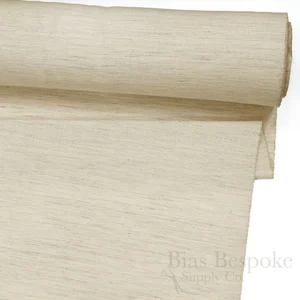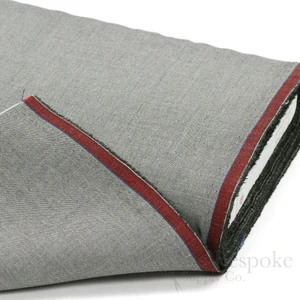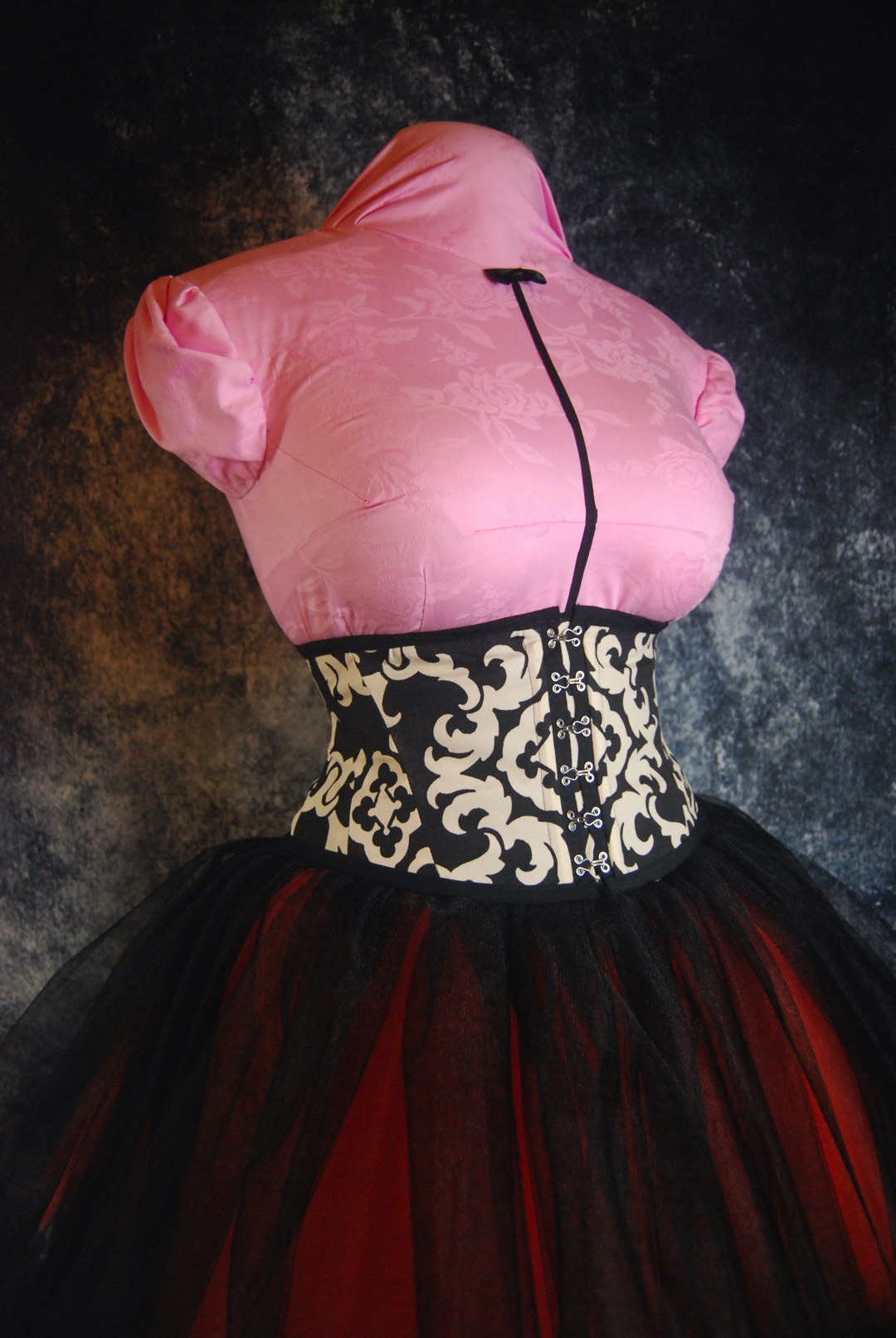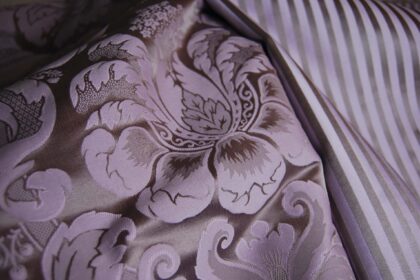Getting over fusible interfacing…
The level of anxiety over pattern placement for cutting gives me anxiety and next in line is my inner struggle with interfacing. There are so many options out there, and just as much advice, which is good. So often it’s time to read up and make a decision.
I’m typically not a fan when it comes to fusible interfacing. Probably from disappointing results using a readily available brand found at a particular and well known fabric store. However, when a knowledgeable salesperson at a good shop makes a recommendation, I have had great results listening to their advice. For example, Cole at Promenade Fine Fabrics suggested a very nicely weighted, black woven fusible for this project. I went with his suggestion and already so glad I did. This made all the difference in the cutting alone. Both fabrics are loosely woven and fusing before hand made it much easier to handle and helped with accurate cutting. The pre-fused fabric cuts down fraying a great deal – winning already.
I find it easier to fuse first, then cut. One of the fabrics, the solid black boucle, almost matched the width of the interfacing however, the brocade didn’t. For the first fabric, I cut the interfacing the length of the piece and fused the whole thing, easy peasy.
Since the brocade was a different length, and I had the added challenge of careful pattern placement, this was not so straight-forward. The risk was running out of interfacing or worse (IMHO) having to seam together interfacing on a single pattern piece. My instructor, Nora, had me chalk out each pattern piece individually. We then ‘grouped’ the pieces and cut the brocade in smaller shapes, as close to rectangles as possible, around the groups. Each rectangle was then puzzled together on the remaining interfacing. Cutting around these shapes made it manageable to fuse first in batches and then cut each pattern piece. I will (hopefully) remember to take pictures next time.
Doubling down on interfacing
The other night I had to figure out if using a hymo interfacing with the fusible would be overkill. The fusible gave the fabric a nice structure, but this is also a very structured coat design and wanted the results of previous projects using a heavier chest-piece canvas. What was undesirable was the pokiness felt through, especially the lining.


I had ordered two types, TC-1186 Medium Weight (left), and Super Premium Italian “Remo” (right), from Bias Bespoke Supply Co. Both the TC-1186 and the Remo had a much smoother feel, no ‘pokies’ through the fabric. The TC-1186 was closest to the heavier chest piece canvas, and I felt that with the fused interfacing, it could deliver the structure I was looking for. The Remo would be used soon for a vest project I have coming up.
Decision made! Time to start construction…


